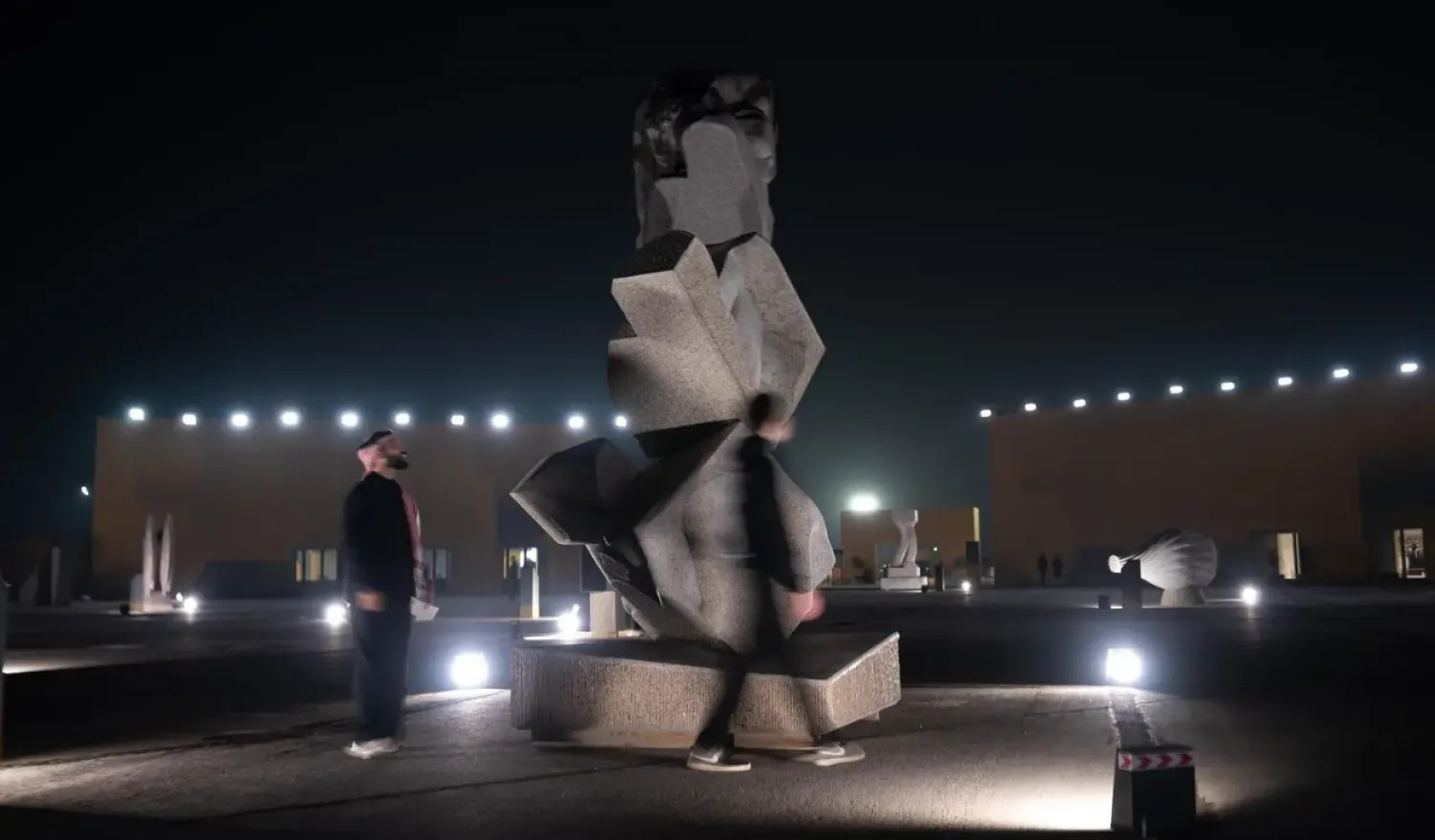Nestled in the highlands of Tihamah, the Saudi village of Thee Ain captivates with its unique characteristics and meticulously paved streets and alleys.
As visitors wander through, the village’s architectural history unfolds, revealing the legacy of its 49 pyramid-shaped palaces built by skilled artisans centuries ago.
These structures have become a focal point for researchers and heritage enthusiasts intrigued by traditional construction methods.
The village’s rich cultural and natural heritage is now eagerly awaiting its potential inclusion on UNESCO’s World Heritage List.
The Saudi Heritage Commission has worked diligently to prepare Thee Ain for this prestigious designation, transforming it into a tourist destination that attracts history enthusiasts and researchers.
The village’s geographical location adds to its historical and cultural significance, enhancing its appeal to visitors.
To fully grasp the beauty of Thee Ain’s structures, it’s essential to know they were built on a rocky hilltop 800 meters above sea level. Ancient builders carefully planned every detail, using early forms of “blueprints” to ensure that the buildings, some reaching up to four stories, fit perfectly with the available space.
Despite centuries of change and harsh weather, these buildings have remained sturdy and resilient. Today, they draw tourists from around the world, showcasing a rich architectural heritage that has evolved from a local gem to a global attraction.
Yahya Aref, a heritage expert and member of the Saudi Urban Heritage Association, told Asharq Al-Awsat that Thee Ain, spanning 15,354 square meters, was once called the “Marble Village” due to its rich marble deposits.
The village, built centuries ago, sits on a white cliff and features colorful, layered marble stones.
Aref explained that the village is designed in a pyramid-like shape with three levels. The top level includes forts for watching over farmland and providing protection. The central area houses the palaces, buildings, pathways, and a mosque.
He added that Thee Ain’s construction style is influential across the Arabian Peninsula.
Heritage buildings in the village start with a broad base that narrows by about 7 inches as it rises.
This design boosts the building’s durability. Additionally, small openings in the walls, which are wide inside, allowed residents to use sunlight to confuse and deter attackers.
Thee Ain Village: Architectural Masterpieces on the Brink of World Heritage Status

Thee Ain, Saudi Arabia (Asharq Al-Awsat)

Thee Ain Village: Architectural Masterpieces on the Brink of World Heritage Status

Thee Ain, Saudi Arabia (Asharq Al-Awsat)
لم تشترك بعد
انشئ حساباً خاصاً بك لتحصل على أخبار مخصصة لك ولتتمتع بخاصية حفظ المقالات وتتلقى نشراتنا البريدية المتنوعة







